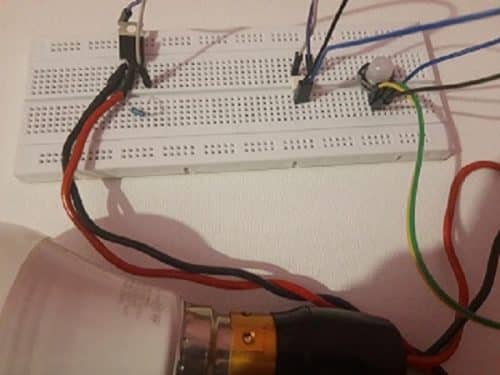 Energy conservation begins at home. Many times, we tend to forget to switch off electrical appliances when not in use. This not only results in high electricity bills but also in huge consumption of electrical energy. Setting up auto-switching power devices that can detect motion in a room and save power accordingly, cost a lot.
Energy conservation begins at home. Many times, we tend to forget to switch off electrical appliances when not in use. This not only results in high electricity bills but also in huge consumption of electrical energy. Setting up auto-switching power devices that can detect motion in a room and save power accordingly, cost a lot.
The auto-switching device presented here cuts off power and turns off electrical appliances accordingly. With the looks of a modern home automation system, this device is easy to make and does not involve many costs. It automatically turns off and turns on appliances based on human presence.
This DIY gives every information you need about this power saver.

Bill Of Material

Connection
The components are connected according to the circuit diagram. The resistor reduces the voltages since our appliances and motion sensor work on two different voltage ranges. The motion sensor works on 5V DC whereas the appliances work on a 120 to 220V AC power supply. Hence the two circuits need to be isolated electrically and coupled optically. This is done using an optoisolator/ optocoupler. MOC 3201, the optocoupler IC couples the circuit with two different voltage ranges. The triac is used as a switch for the AC power after receiving a signal from optocoupler. The motion sensor senses any presence in the room and sends the signal as an input to the optocoupler. This turns on the LED and the photodiode embedded inside the IC, allowing current to pass, which in turn lets triac open and AC current pass through.
If this circuit does not sense any human presence in the room, it turns off all the appliances connected to it, thus saving power.

Testing
The motion sensor and triac are powered with 5V and 220 V respectively. Connect the appliance to the output of the circuit. When you leave the room, the sensor detects and triggers the circuit which turns off the appliances to save power. When you enter the room, the same process is repeated and the appliances are turned on. This circuit can be classified as a smart home automation system and can be extended to be used for apartments as well.








